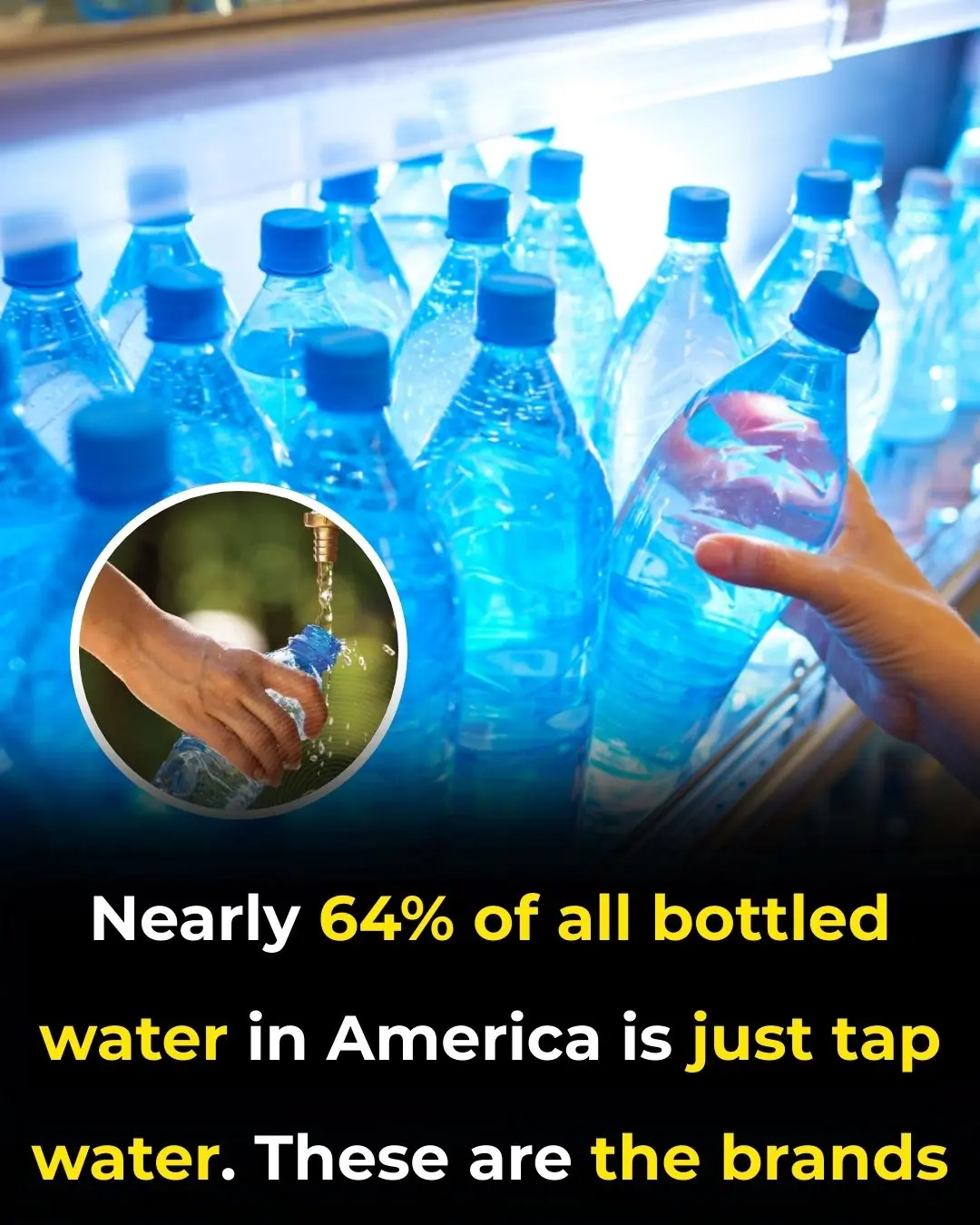
If a Non-Stick Pan Shows These 3 Signs, It’s Best to Throw It Away Immediately to Avoid Health Risks
Non-stick pans are among the most widely used kitchen tools today. They make cooking easier, reduce the need for oil, and simplify cleaning. However, like any kitchen equipment, they do not last forever. Over time, heat, scratches, and wear can damage their surface.
When this happens, experts recommend paying close attention. If you see three specific warning signs, it may be time to replace your non-stick pan. Ignoring these signs could not only ruin your meals but also affect your long-term health.
1. Sign One: Scratched or Peeling Surface
The most common issue with non-stick pans is scratches. Using metal spoons, forks, or spatulas often leaves marks on the surface. Over time, repeated use can cause the coating to peel.
-
Why this matters: Once the coating begins to chip away, the pan loses its non-stick function. Food starts sticking, requiring more oil and making cooking less healthy.
-
Potential risks: Peeling pieces may mix into food. While small amounts might not cause immediate harm, regular exposure is not recommended.
-
Solution: To prevent scratches, always use wooden or silicone utensils. If peeling has already started, replacing the pan is the safer choice.
2. Sign Two: Discoloration and Burn Marks
Non-stick pans are designed to handle high heat, but excessive or repeated overheating changes their surface color. You may notice dark patches, faded coating, or rainbow-like stains.
-
Why this matters: Discoloration is a clear sign the coating has broken down. Burn marks weaken the pan’s surface and make it less effective.
-
Cooking impact: Food may stick even when oil is used. Cleaning becomes harder, leading to more scrubbing and faster damage.
-
Solution: Always cook at medium heat. Non-stick pans are not built for extremely high temperatures. If the pan has already developed permanent burn marks, consider replacing it.
3. Sign Three: Warped or Damaged Base
Over time, constant exposure to heat can cause the base of a non-stick pan to warp. This is especially common when pans are suddenly cooled under water after being very hot.
-
Why this matters: A warped pan does not sit flat on the stove. This leads to uneven heating, making it harder to cook properly.
-
Cooking impact: Food may burn in some areas while staying undercooked in others. More heat is required, which wastes energy and further stresses the coating.
-
Solution: Avoid exposing hot pans to sudden cold water. If warping has already occurred, the best option is to buy a new pan.
Why These Signs Should Not Be Ignored
At first, scratches or stains may seem harmless. Many people continue using old pans because they “still work.” However, these issues indicate the pan is no longer safe or efficient.
-
For health: Damaged coating or excessive burns create unnecessary risks.
-
For cooking: Old pans make meals less tasty and harder to prepare.
-
For convenience: Cleaning becomes more time-consuming, taking away the very benefit of non-stick cookware.
Replacing a pan at the right time is a small investment that protects both your cooking experience and your well-being.
How to Extend the Life of Your Non-Stick Pan
If you’ve just bought a new non-stick pan, these care tips will help you keep it in good condition for years:
-
Use the right utensils – Choose silicone, wood, or plastic tools instead of metal.
-
Avoid high heat – Medium heat is best for preserving the non-stick surface.
-
Hand wash – Gently wash with a soft sponge. Avoid abrasive scrubbing pads.
-
Avoid cooking sprays – They can leave residue that damages the coating.
-
Store carefully – Do not stack pans directly on top of each other without protection.
By following these practices, you can delay the three warning signs and enjoy your cookware for longer.
Alternatives to Non-Stick Pans
For families that want a longer-lasting solution, there are other cookware options:
-
Cast iron pans: Extremely durable, can last a lifetime with proper care.
-
Stainless steel pans: Great for searing and browning, though they require more oil.
-
Ceramic-coated pans: A newer option that avoids some of the problems with traditional coatings.
Each option has pros and cons, but the key is to choose what suits your cooking style best.
Conclusion
Non-stick pans are incredibly useful, but they do not last forever. If you notice scratches, discoloration, or warping, it’s time to replace your pan. Continuing to cook with damaged cookware may affect both the quality of your meals and your long-term health.
By recognizing these three warning signs and practicing good care, you can make your kitchen safer, your cooking easier, and your meals more enjoyable. Replacing a worn-out pan is not a waste—it’s a wise choice for health and comfort.
News in the same category


Be careful — one single action at the airport could ruin your en:tire life.

Don't Throw Away That Old Non-Stick Pan! Try This Simple Trick to Make It Like New
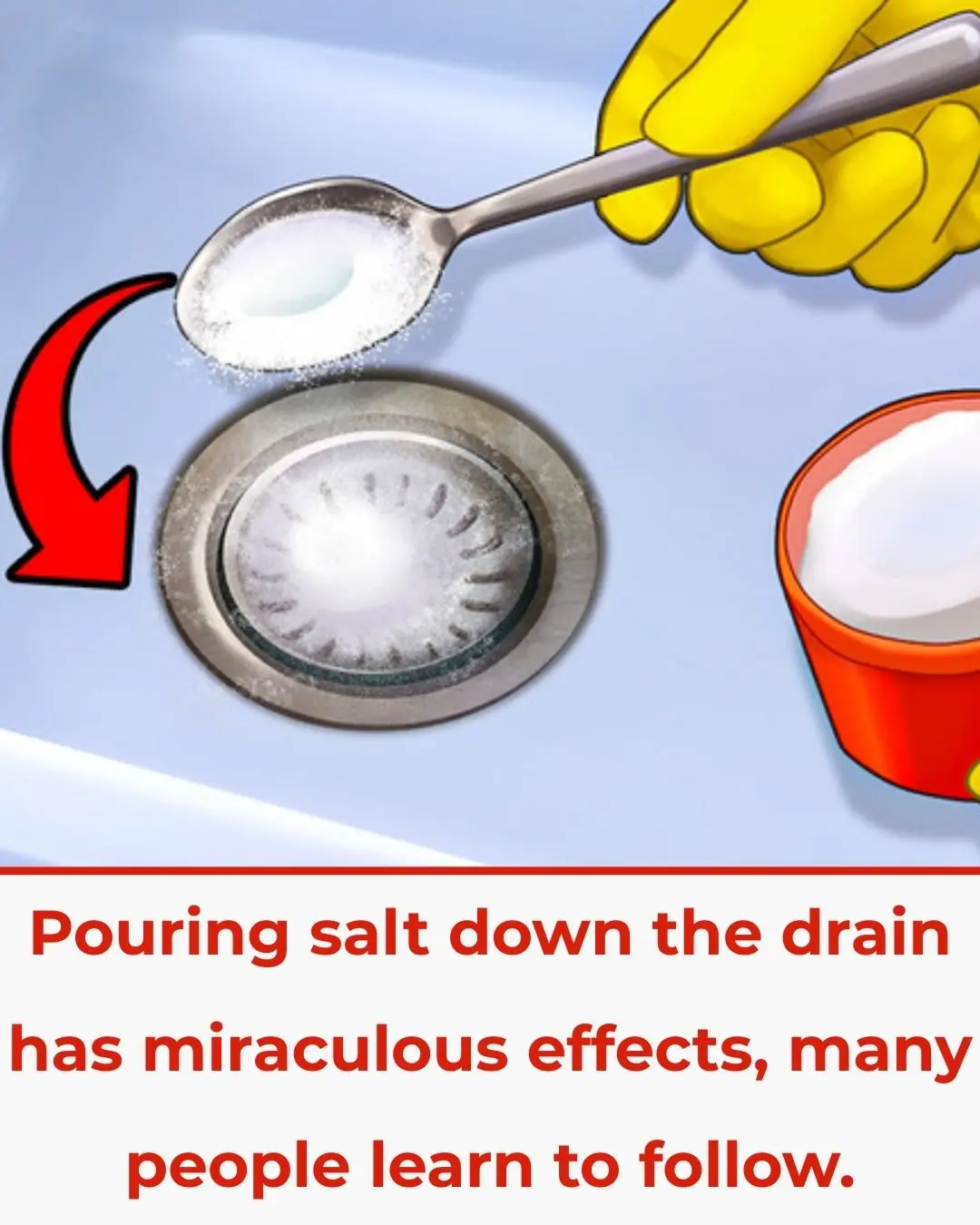
Pouring Salt Down the Drain: A Surprising Trick More People Are Trying
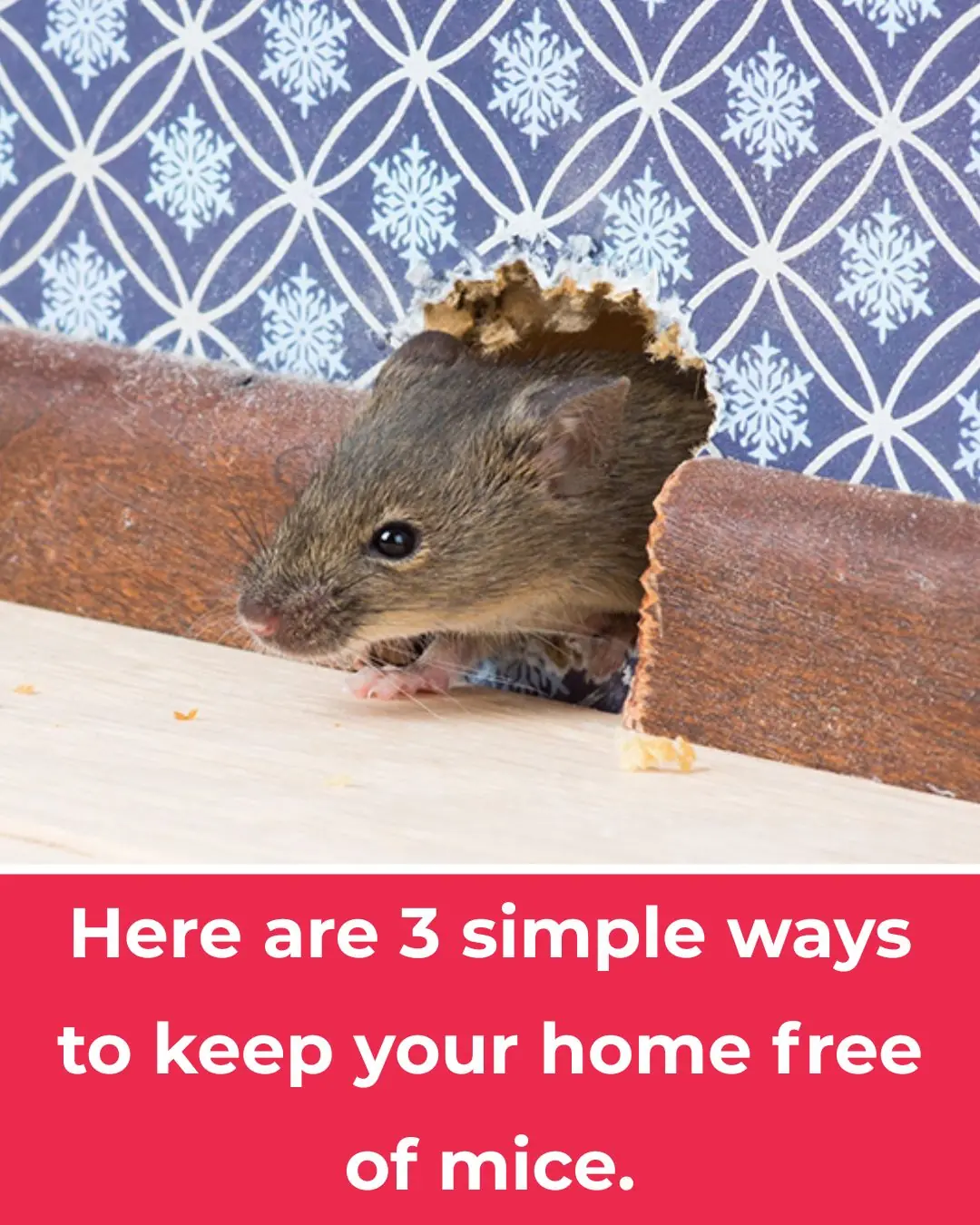
3 Simple Ways to Keep Your Home Completely Rodent-Free
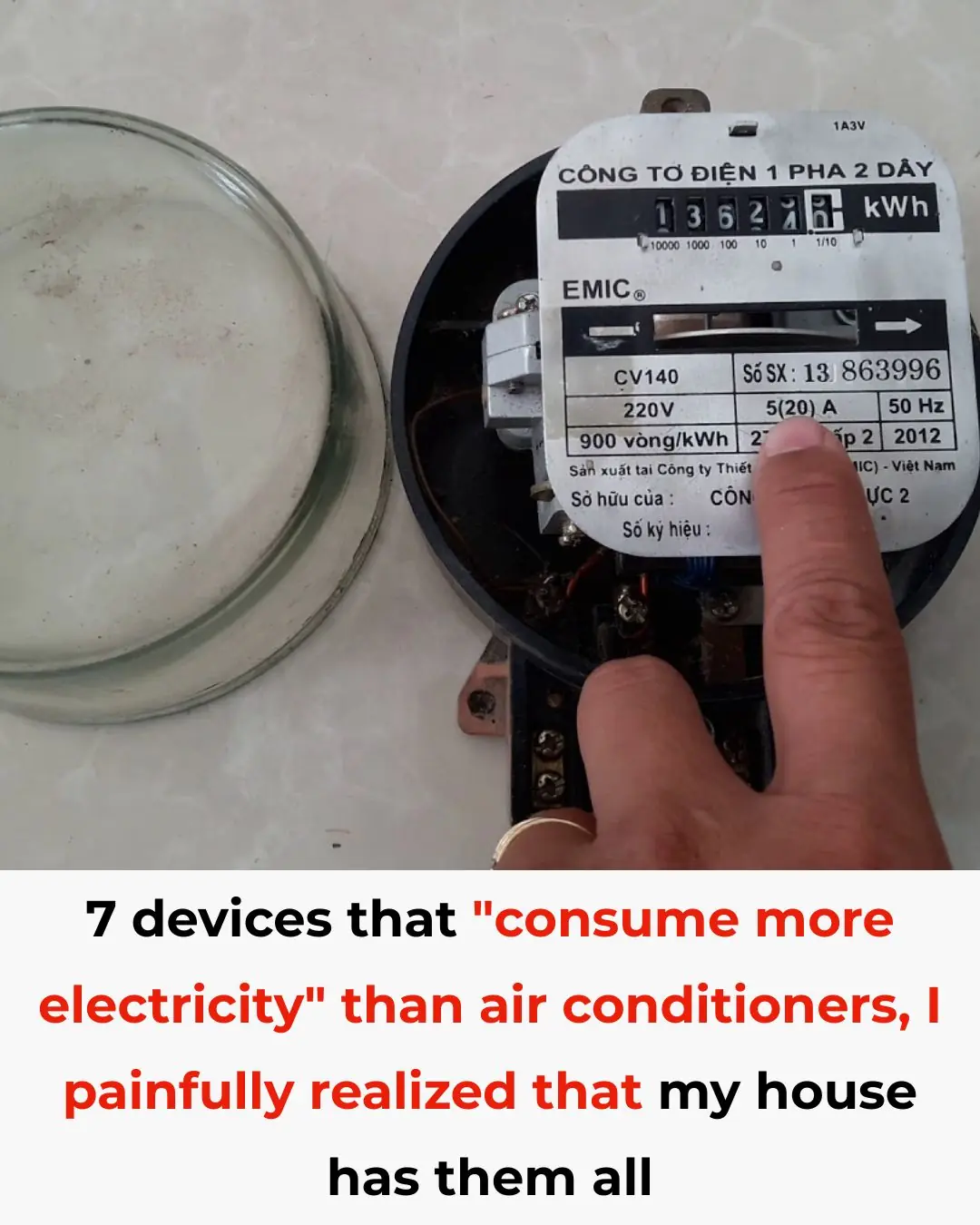
7 Household Appliances That Consume More Electricity Than Air Conditioners — I Sadly Realized My Home Has Them All

Four Plants in Your Garden That Attract Snakes Like Crazy — Remove Them Immediately for Family Safety
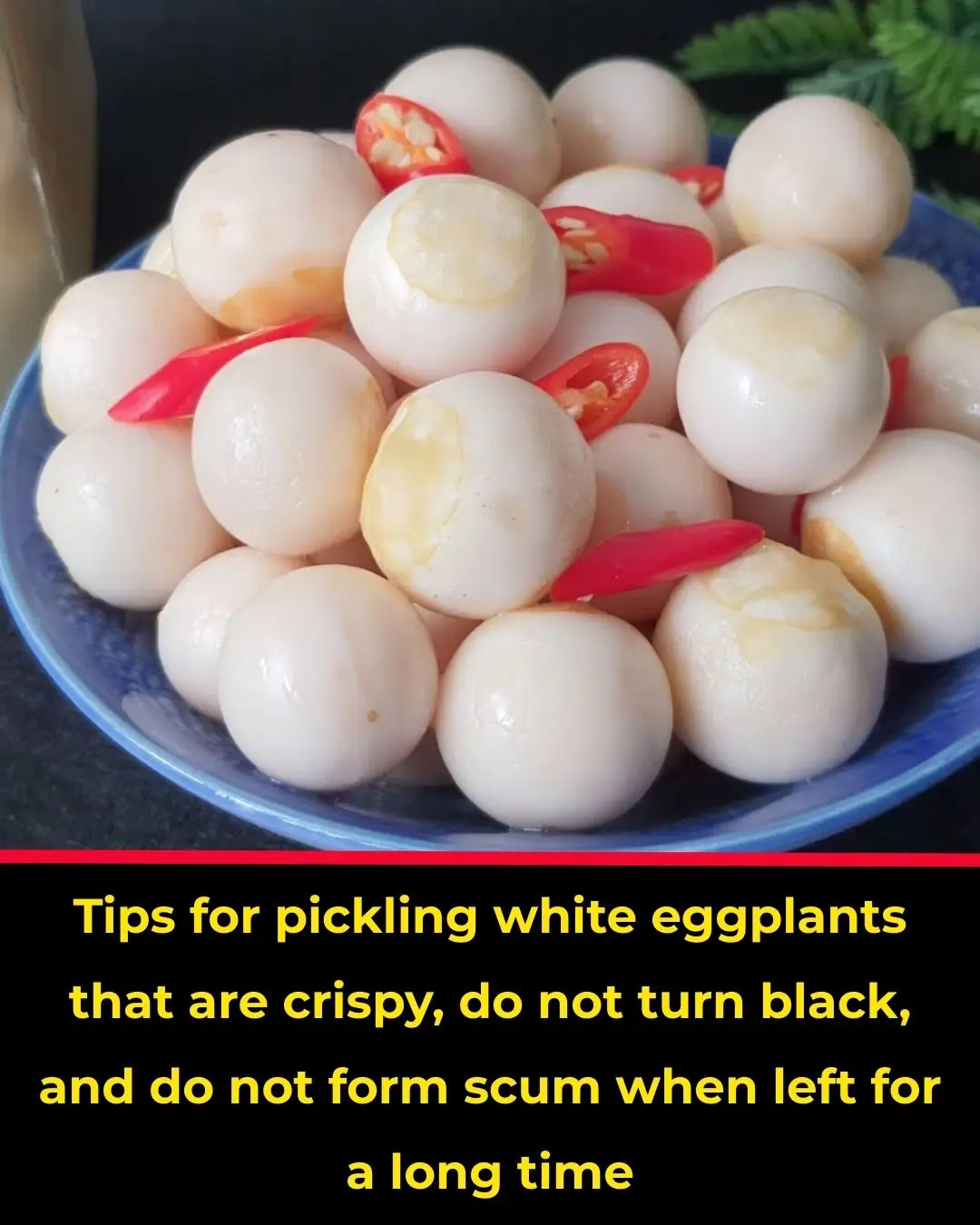
Tips for pickling white eggplants that are crispy, do not turn black, and do not form scum when left for a long time

How to grow papaya in pots, the fruit is heavy, big and sweet

4 habits that may be silently accelerating your body’s aging process

Eating ginger without peeling it – a lifelong health risk? The surprising truth that shocks everyone.
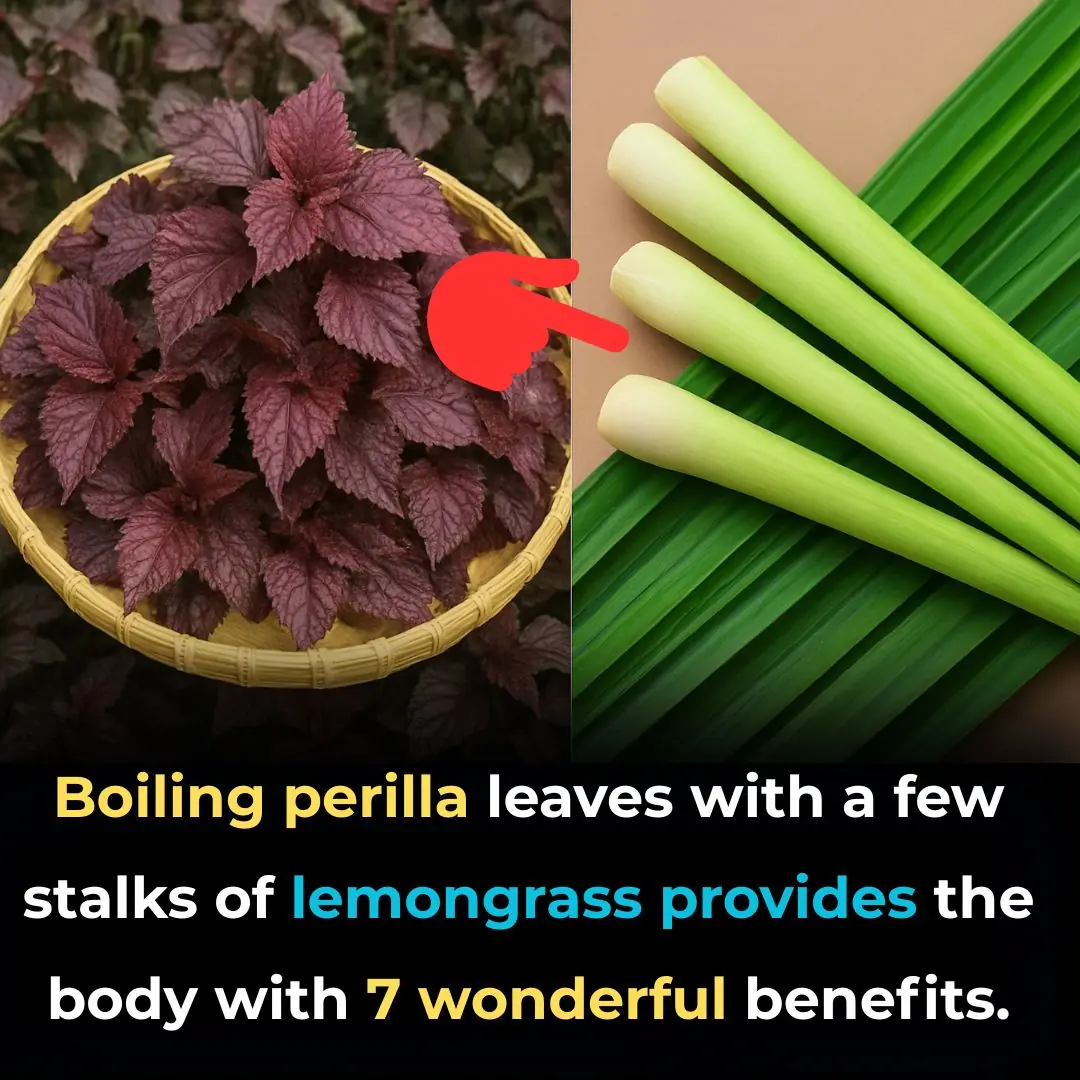
Boiling perilla leaves with a few stalks of lemongrass gives your body these 7 amazing benefits.
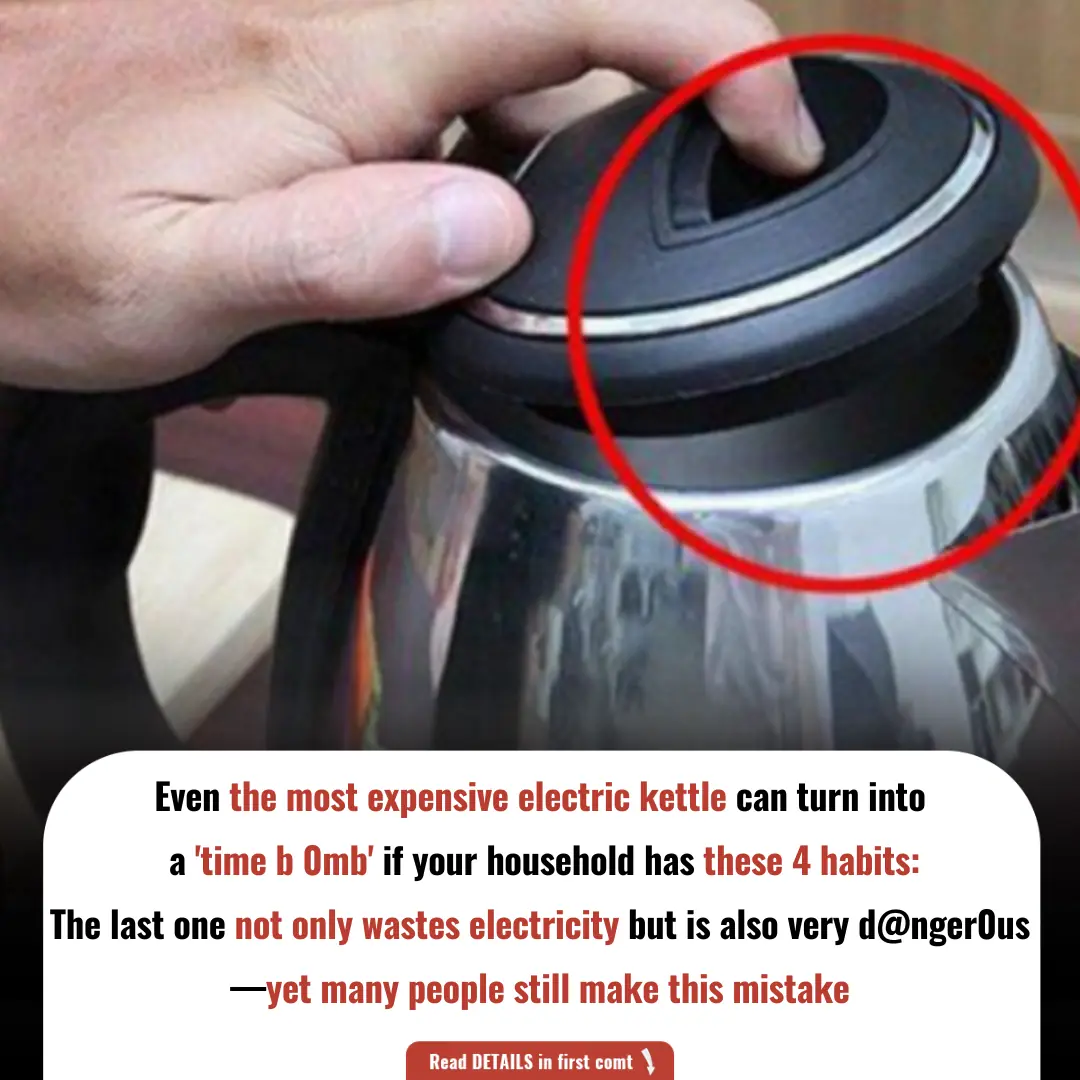
Even the Most Expensive Electric Kettle Can Turn Into a "Time B0 m b" If Your Household Has These 4 Habits

Fish Sellers Reveal: 2 Types of Fish So Cheap You Should Never Buy, Yet Many People Still Unknowingly Purchase Them
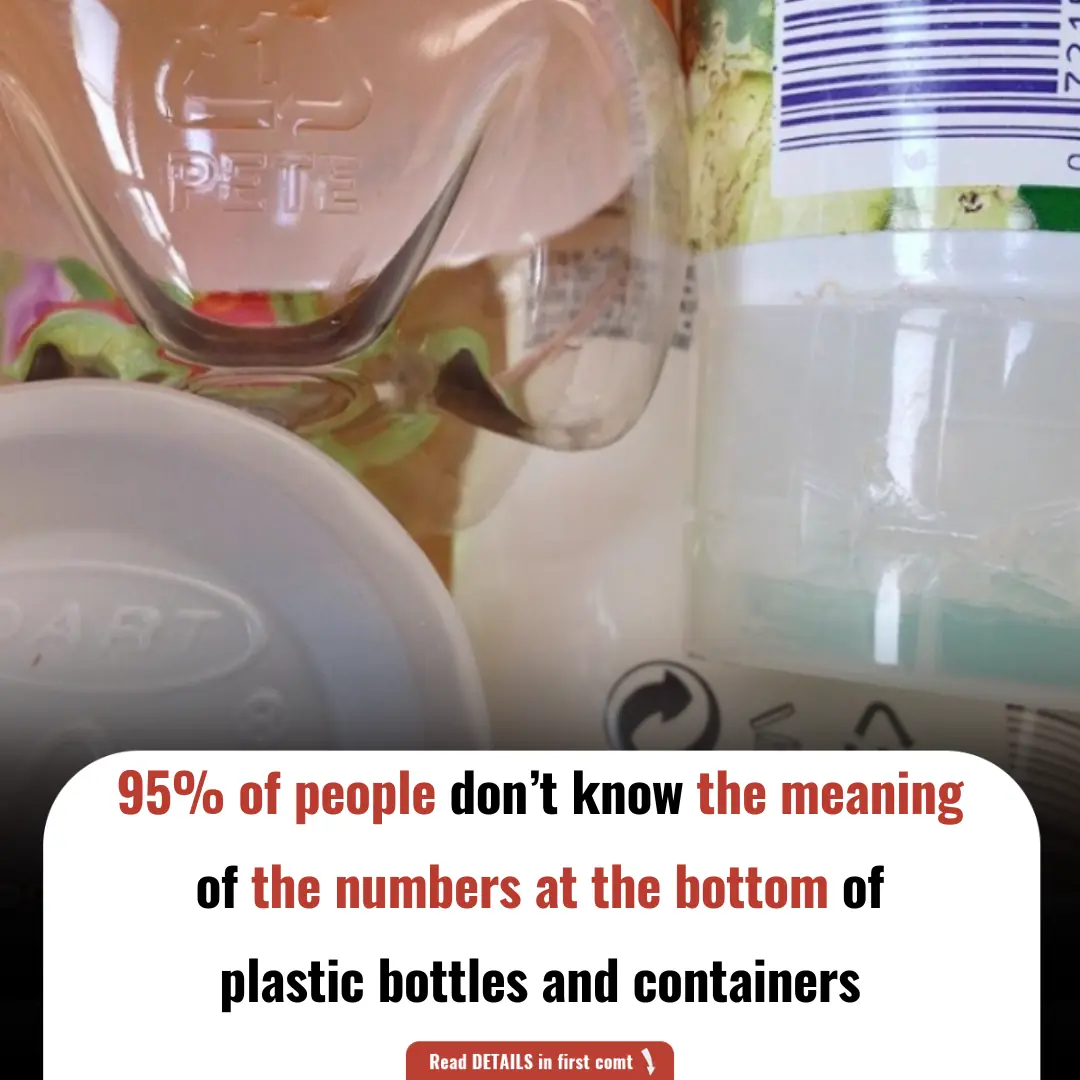
95% of People Don’t Know the Meaning of the Numbers at the Bottom of Plastic Bottles and Containers

The hidden electricity-draining device at home that few people notice: It consumes more power than a refrigerator or washing machine
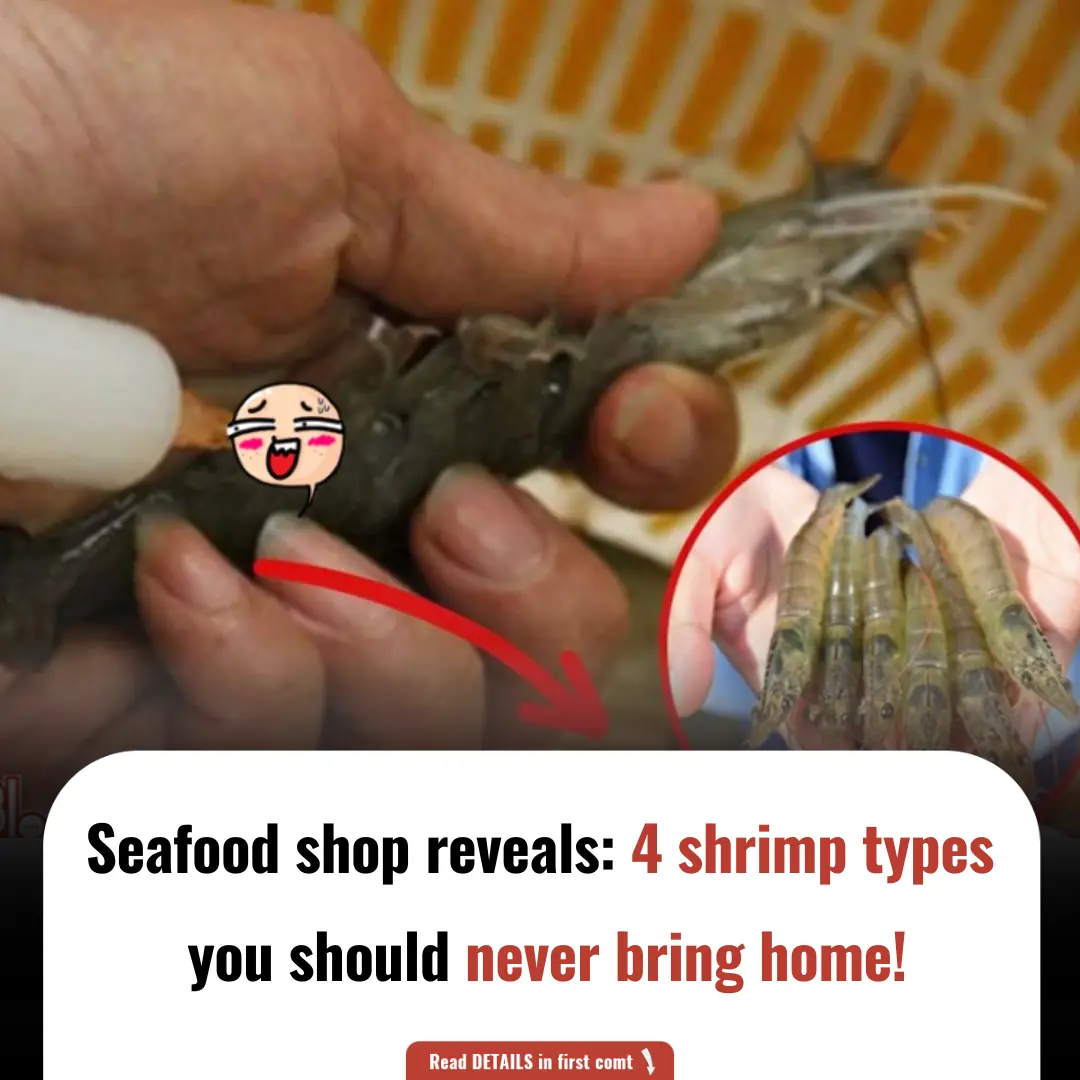
Seafood seller warns: Avoid these 4 types of shrimp or risk your health!
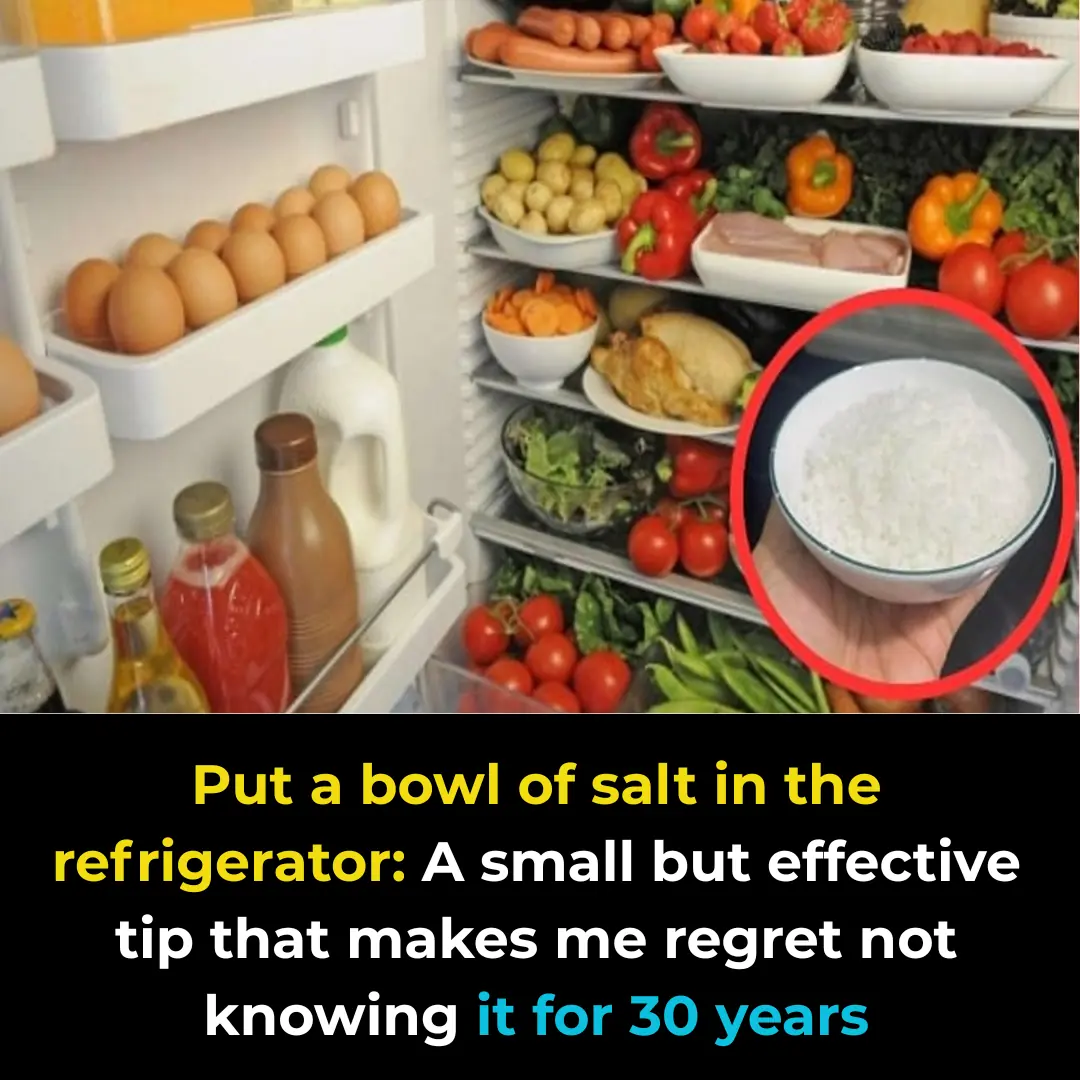
Place a bowl of salt in the fridge: A simple yet powerful trick I wish I had known 30 years ago
News Post

5 Delicious Eating Habits That Put the Whole Family at Risk of C:ancer – Extremely Dangerous and Should Be Avoided Immediately

Be careful — one single action at the airport could ruin your en:tire life.

Condolences to those who are using these 4 types of electric kettles: Throw them away while you still can, thousands of people have already developed c:ancer.

How Magnesium Keeps Your Heart Rhythm Healthy

Why Do I Cough When Taking a Deep Breath?

Taking the Stairs Could Help You Live Longer
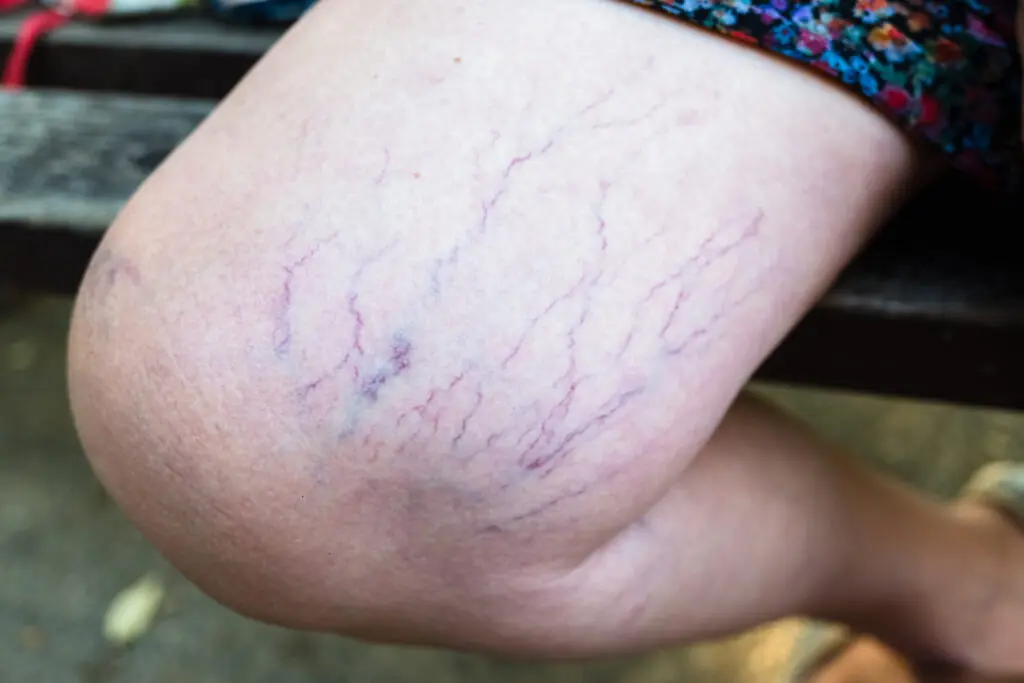
Purple Veins on Your Legs: When to Worry

Man develops 'pork worms' in his brain after years of doing this specific cooking habit

Signs Your Cortisol Is Dangerously High

Woman who d::ied for 24 minutes before being brought back to life details exactly how it felt

The Sleep Saboteur: The One Thing You Should Never Do When You Wake Up at Night

Nightly Habits That Could Increase Your Risk of Stroke
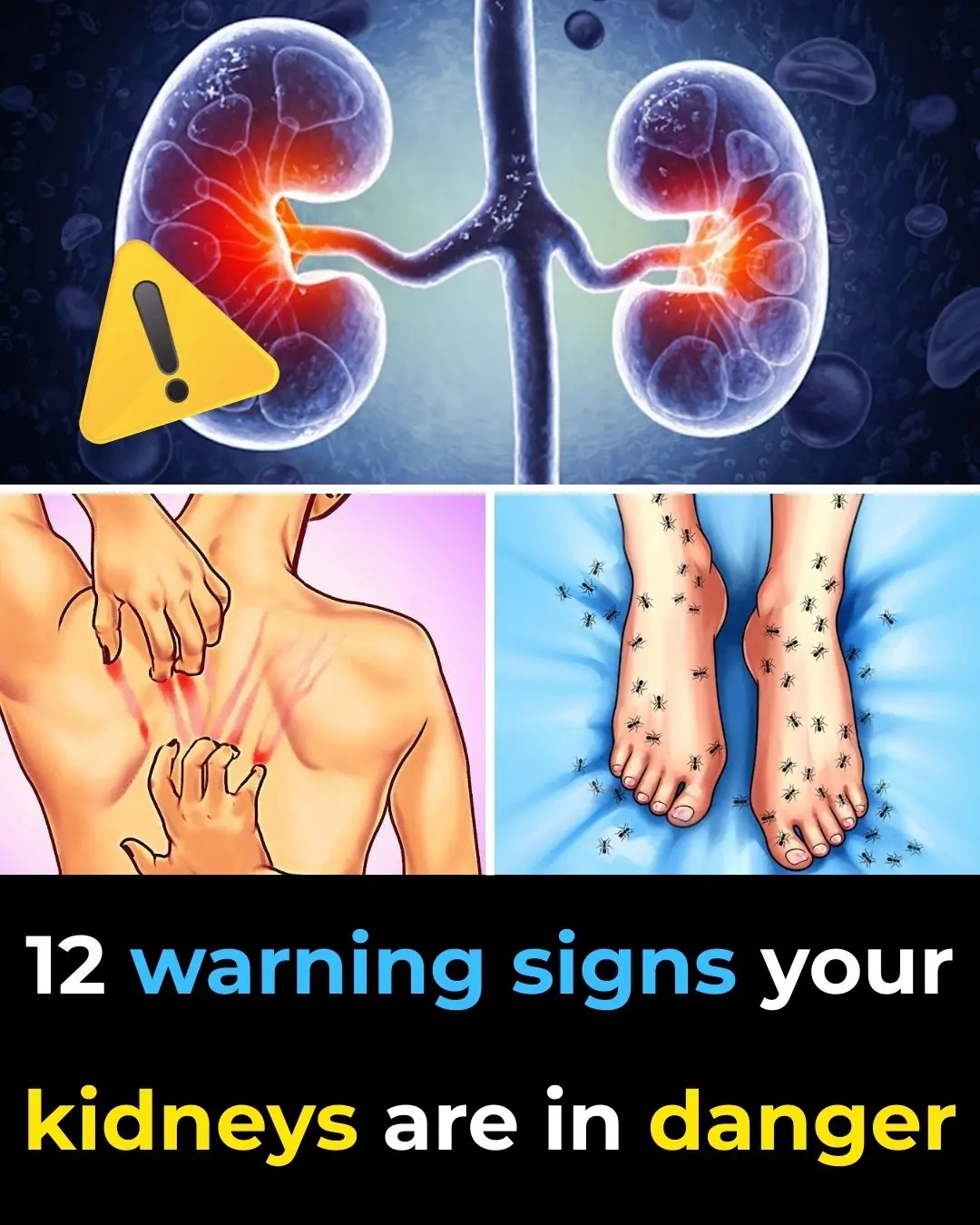
🚨 ALERT! 7 Strange Signs Your Kidneys Are Crying for Help
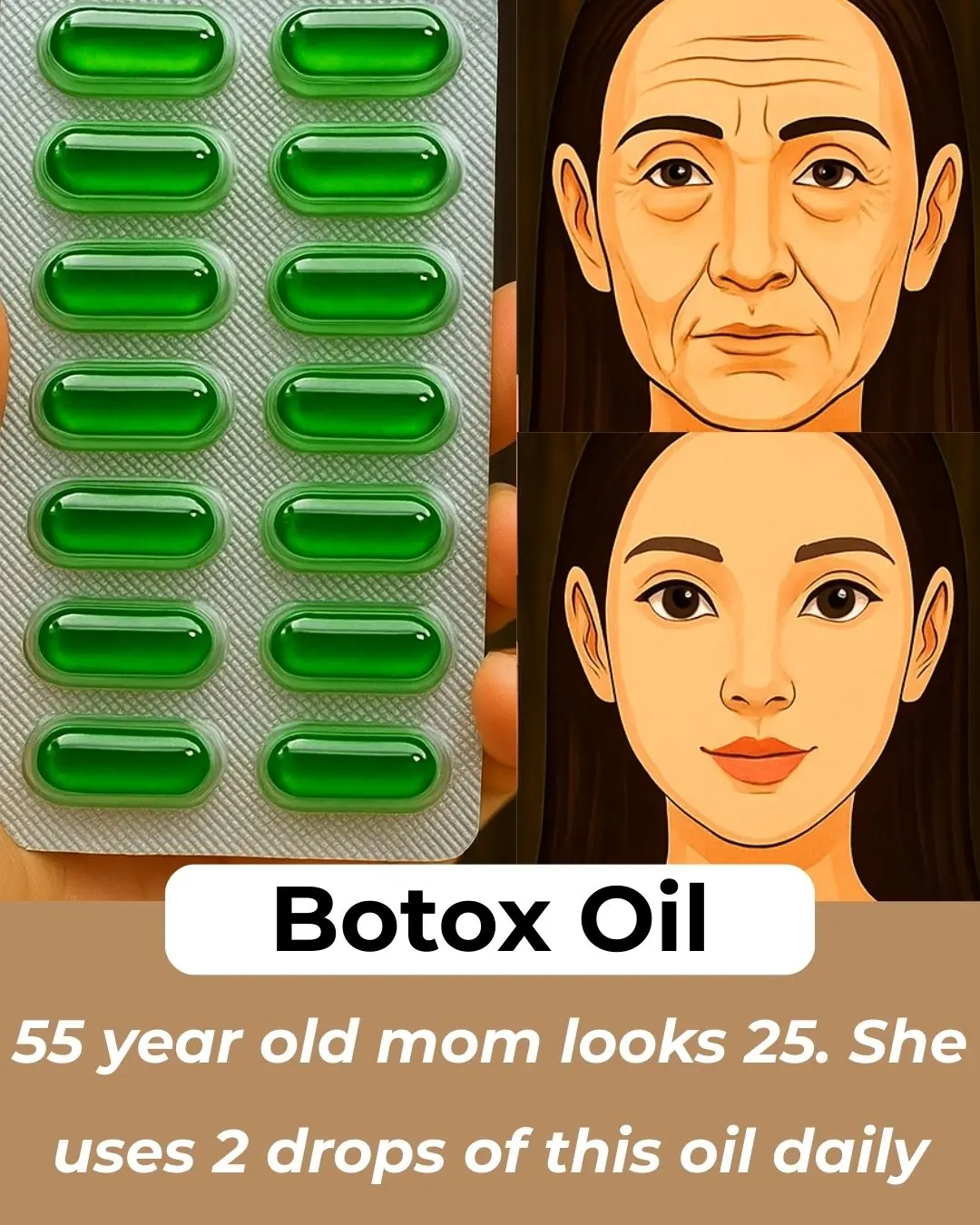
Vitamin E Oil uses for Skin – Glowing Skin, Dark Circles & Wrinkles
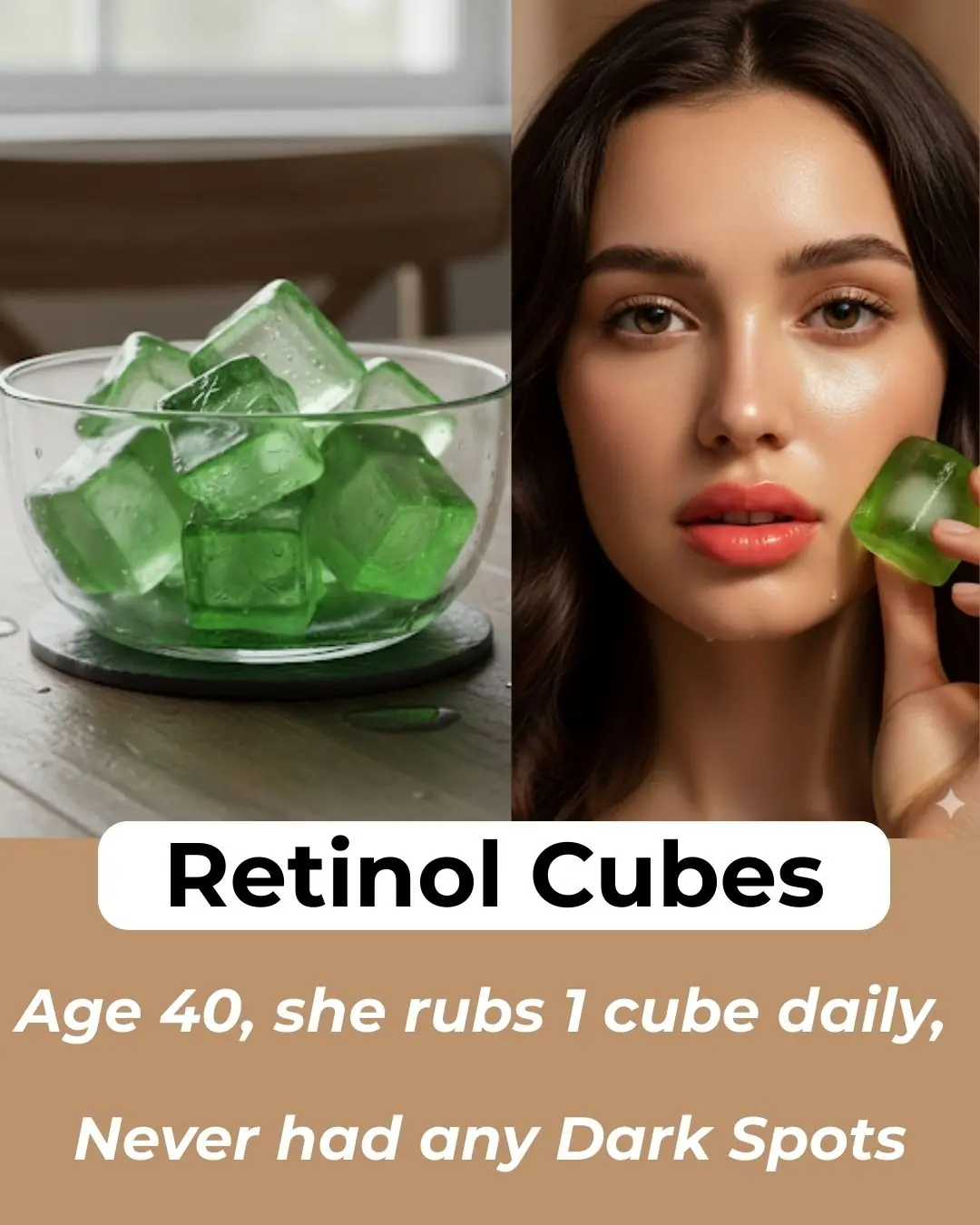
DIY Aloevera ice cubes to Remove Dark Spots & Clear Skin | Aloevera Benefits for Skin
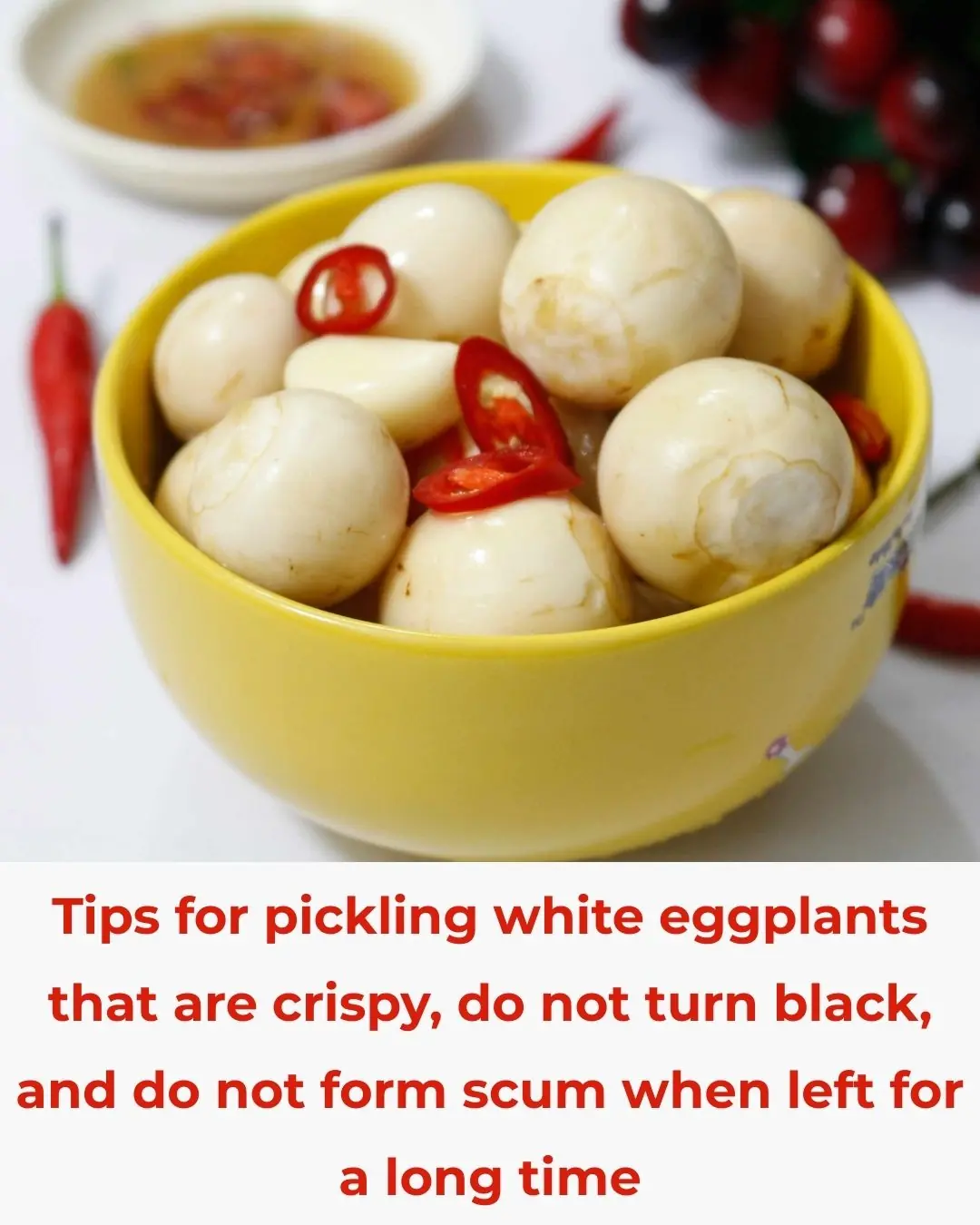
Tips for pickling white eggplants that are crispy, do not turn black, and do not form scum when left for a long time
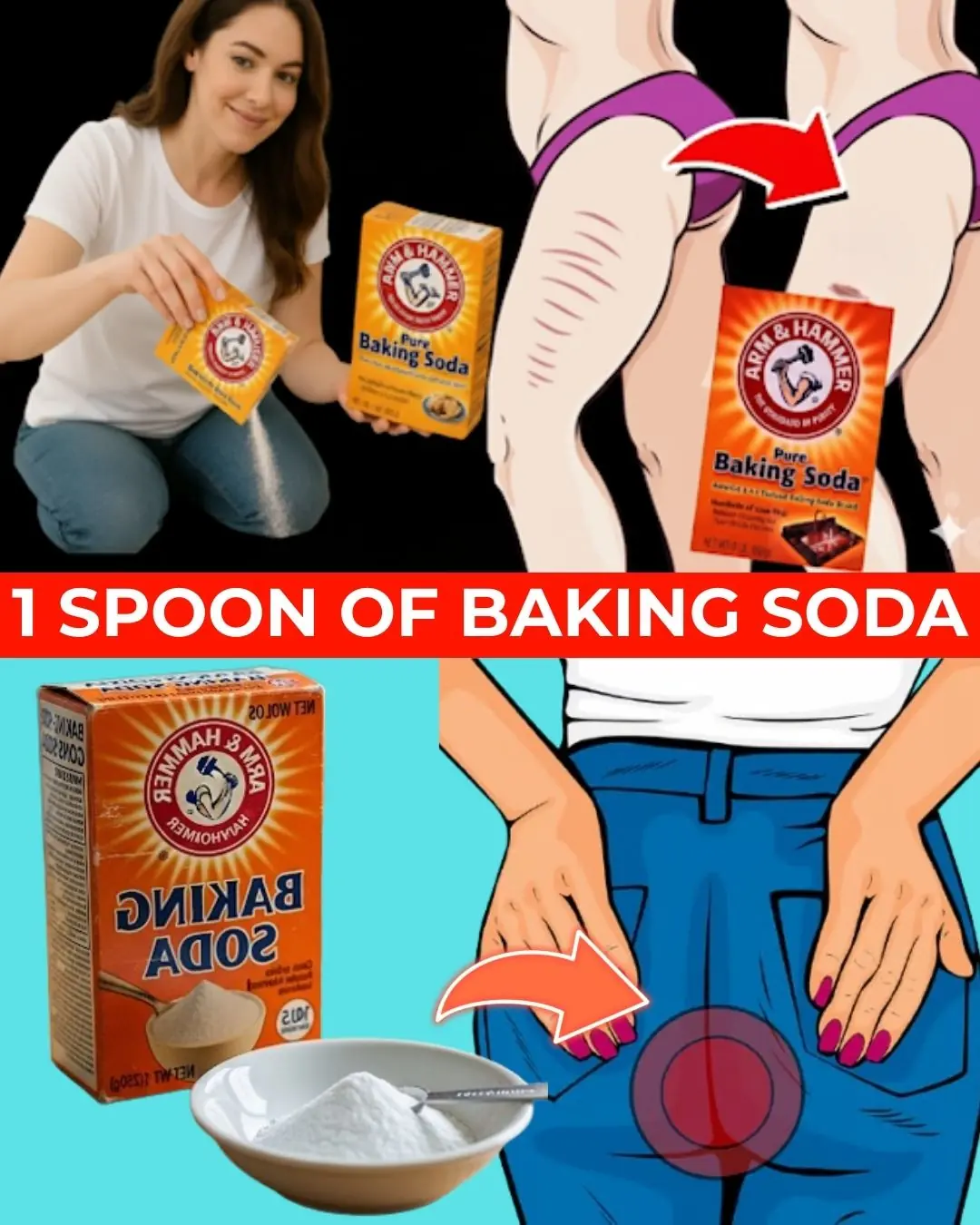
11 Secret Baking Soda Tricks for Women That Will Change Your Life!
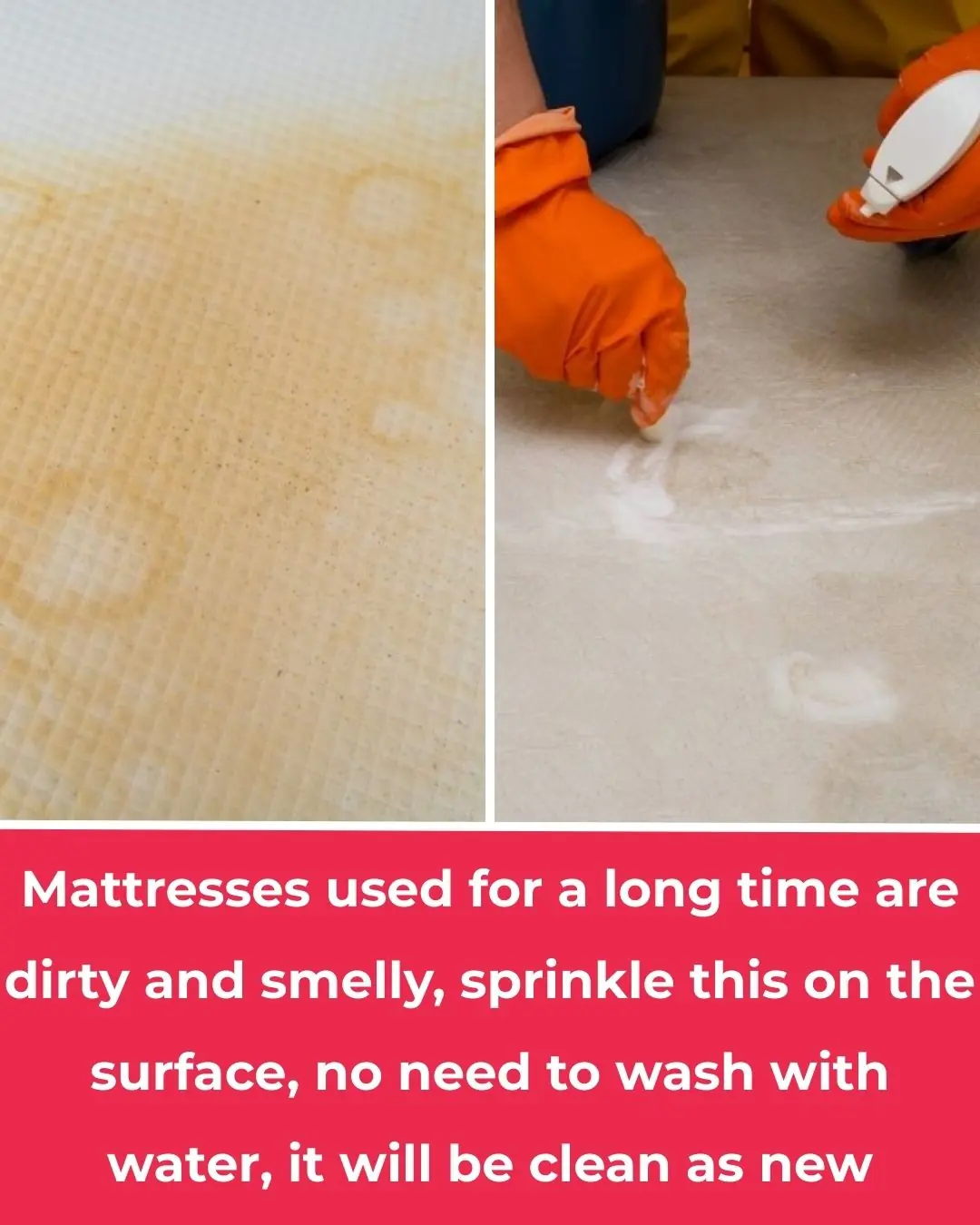
Mattresses used for a long time are dirty and smelly, sprinkle this on the surface, no need to wash with water, it will be clean as new

‘Healthy Man’ Diagnosed With Cancer After Noticing Dog’s Bizarre Behavior Around Him
